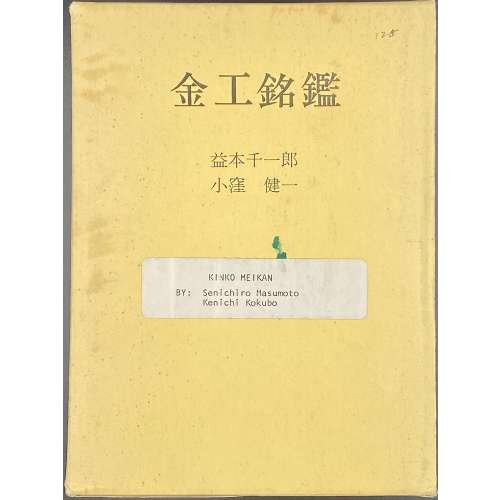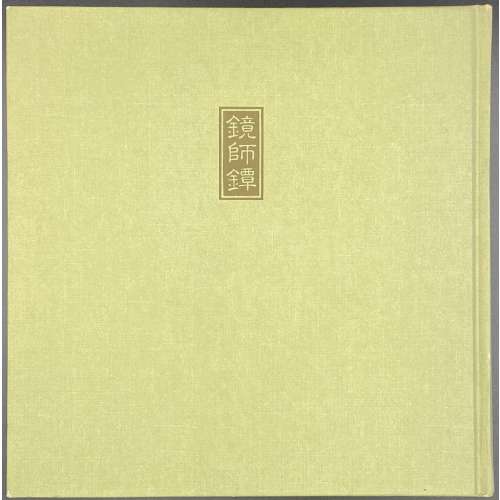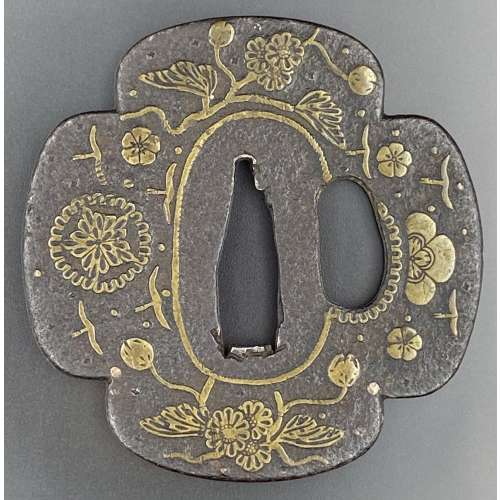
Tsukioka Yoshitoshi [月岡 芳年] (Japan, 1839 – 1892): Tokugawa Yoshimune [徳川 吉宗] (1684 – 1751) playing kemari [蹴鞠]
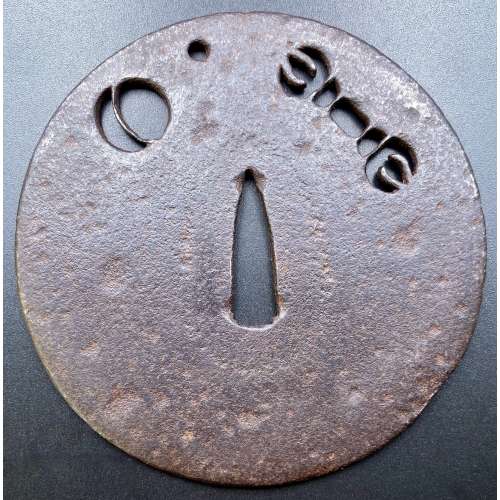

Tsukioka Yoshitoshi [月岡 芳年] (Japan, 1839 – 1892): Tokugawa Yoshimune [徳川 吉宗] (1684 – 1751) playing kemari [蹴鞠]

Size: H 71.9 x W 71.1 x Th (centre) 5.5 cm.
For information regarding this type of tsuba see the article 'Kirishitan Ikenie Tsuba by Fred Geyer at Kokusai Tosogu Kai; The 2nd International Convention & Exhibition, October 18-23, 2006, pp. 84-91.
 IHS emblem of the Jesuits |
 茗荷 Myoga or Japanese ginger |

Small iron tsuba for a dagger (tantō), of quatrefoil form (mokkō-gata), with raised rim (mimi), decorated with flat brass inlay (hira-zōgan) to form an abstract design alluding to the mushroom of immortality (reishi). Opening (hitsu-ana) to the left of nakaga-ana probably cut later and fitted with shakudo sekigane. Maker's signature on seppa-dai: Koike Naomasa (小池 直正).
Momoyama period: End of the 16th - beginning of the 17th century. Dimensions: Height 53.7 mm; Width: 45.5 mm; Thickness at centre: 3.5 mm; at rim: 4.9 mm. Other examples of signed Koike Naomasa work in this collection: TSU-0346. Reference: The closest example in literature is in Compton Collection (II): №11 with the description: “A Koike School tsuba, Edo period (circa 1625), signed Koike Yoshiro. Sheet-brass flush inlay of cloud forms and wire inlay creating the same shape. Koike Yoshiro Naomasa worked from the Keicho to the Genna periods (1596-1623). He arrived in Kyoto from Kaga.” [Japanese Swords and Sword Fittings from the Collection of Dr. Walter Ames Compton (Part II) / Sebastian Izzard, Yoshinori Munemura. — Christie's, New York, October 22, 1992]. See: Yoshirō tsuba.
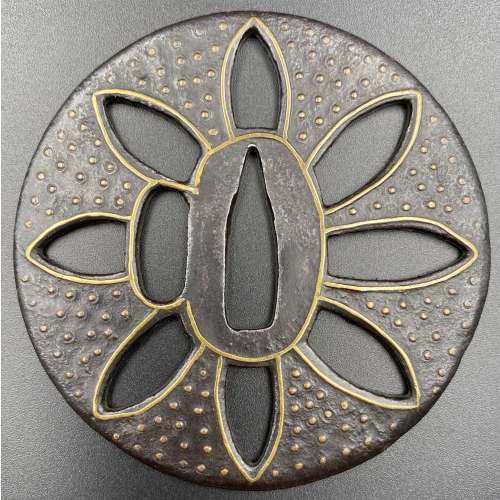

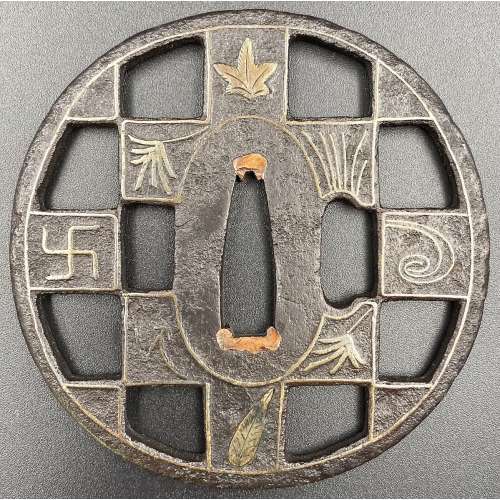
Iron tsuba of round form pierced (sukashi) in a chessboard fashion and decorated with linear (sen-zōgan) and cast (suemon-zōgan) brass inlay, including symbols of the swastika, flower-lozenge, maple leaf, pine needle, etc. on both sides; rim and openings outlined with brass inlay. Nakagō-ana plugged with copper fittings (sekigane).
Momoyama period. End of the 16th - beginning of the 17th century. Dimensions: Diameter: 75.5; Thickness: 4.5 mm.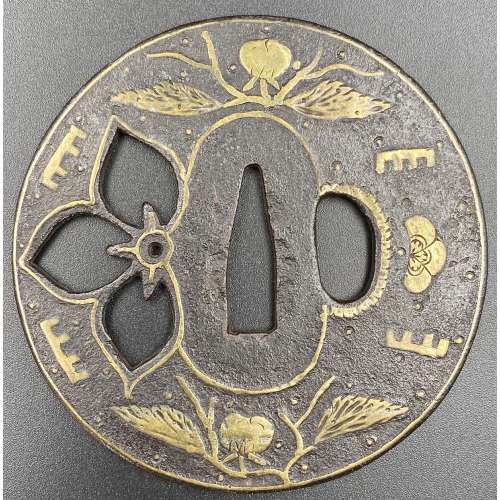
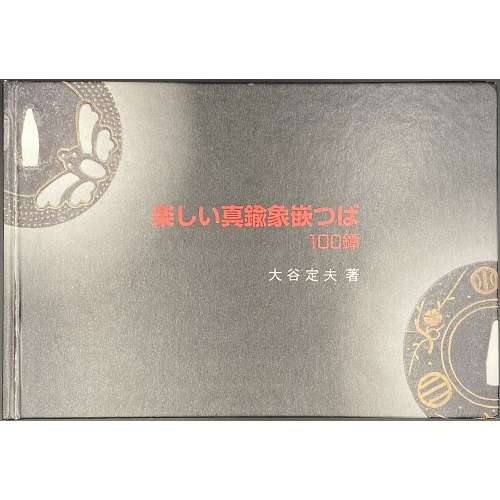


The thin iron plate of round form and black colour carved in sukidashi-bori with the design of rocks, waves, bridge, mountain pavilion and 5-storey pagoda under the moon, on both sides, alluding to Todai-ji temple in Nara. Slightly rounded rectangular hitsu-ana probably pierced later. Very narrow raised rim as usual in katsushi tsuba. In a modern wooden box.
Late Muromachi period, 16th century. Dimensions: 81.1 x 79.5 x 3. mm (seppa-dai), 2.2 mm (base plate), 4.4. (rim).Reference: “Art of the Samurai” on page 232, №140: ”Kamakura tsuba with Sangatsu-do tower and bridge. Muromachi period, 16th century. 83 mm x 80 mm. Unsigned. Tokyo National Museum. The mountain pavilion and bridge carved in sunken relief on the iron tsuba – both part of Tōdai-ji, a temple in Nara – are detailed in fine kebori (line) engraving. As a result of the chiselling used to create the relief, the ground of the piece is relatively thin”. Also page 41 in Tsuba Kanshoki. Kazutaro Torogoye, 1975 [LIB-1480.2018].
This tsuba is very much similar to TSU-0384.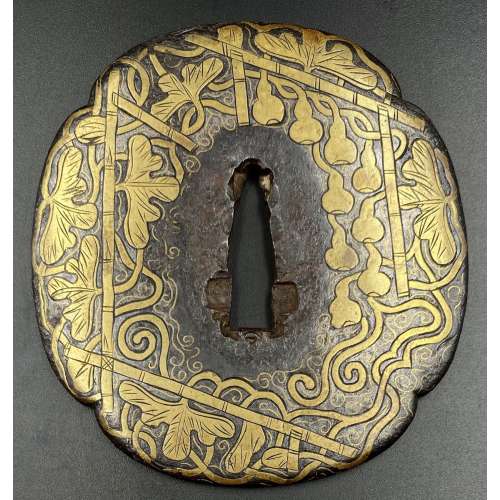
Iron tsuba of mokko form decorated with trellis, vines, foliage, and gourds inlaid in brass with details carved in low relief.
NBTHK: Tokubetsu Hozon №2003186.
Momoyama period (1574 – 1603). Dimensions: H: 85.5 cm, W: 79 mm, Thickness (centre): 4.8 mm. Tsuba of a similar design can be found in this collection [TSU-0373]. In that example, the plate was later pierced with geometrical mon-like openwork to resemble Koike Yoshirō's handguards. More about this type of tsuba here.

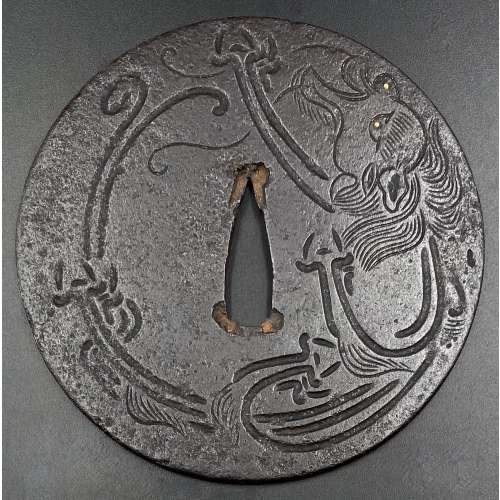

 Two other examples of the same design may be found at: (1) Christie, Manson & Woods auction sales “Kotetsu”, 1980, page 12, №10 and (2) Professor A. Z. Freeman and the Phyllis Sharpe Memorial collections №36, pp. 18-19. Both have raised mimi, the latter classified as Katchushi tsuba.
More about Kamakura-bori tsuba here.
Two other examples of the same design may be found at: (1) Christie, Manson & Woods auction sales “Kotetsu”, 1980, page 12, №10 and (2) Professor A. Z. Freeman and the Phyllis Sharpe Memorial collections №36, pp. 18-19. Both have raised mimi, the latter classified as Katchushi tsuba.
More about Kamakura-bori tsuba here.

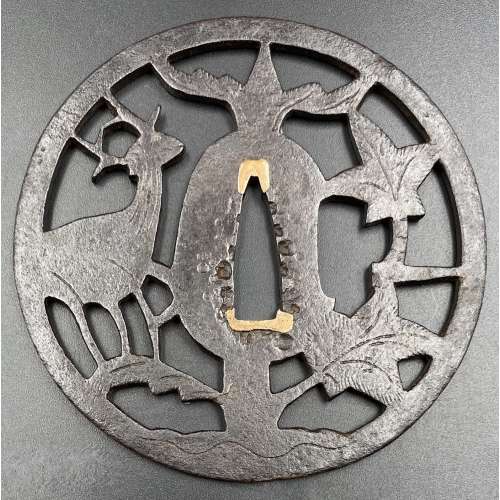
Iron tsuba of round form decorated with a deer and maple leaves in positive silhouette openwork (ji-sukashi), with details finely carved in low relief (kebori). Nakagō-ana plugged with copper fittings (sekigane). Traces of lacquer on the surface.
NBTHK: Hozon, №424947.
Design: An autumnal tsuba with an allusion to Kasuga Shrine in Nara.
Attributed by NBTHK to Shoami. Age: Probably the Momoyama period (1574 – 1603) or early Edo period (1603 – 1650), but judging on the item's substantial size (diameter 86.6 mm) and considerable thinness (3.4 mm) may be attributed to earlier times (late Muromachi period, 1514 – 1573).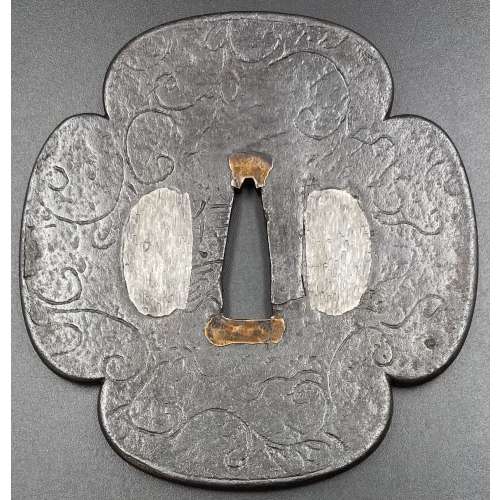
Iron tsuba of mokko form decorated with arabesque (karakusa) in low relief carving. niku from 4.0 mm in the centre to 5.1 mm at the rim. Strong Nobuie [信家] signature (futoji-mei) to the left of nakago-ana. Hitsuana plugged with pewter.
Size: H: 88.2 mm, W: 83.6, Th(c): 4.0 mm, Th(r): 5.1 mm Weight: 167 g.Signed: Nobuie [信家]
Probably the work of Nidai Nobuie (c. 1600).
Tokubetsu hozon certificate № 229324 of the N.B.T.H.K., dated 22.12.2010
Iron tsuba in a form of an eight-petalled blossom (lotus) form, petals separated by linear low-relief carving, both hitsu-ana filled with gold plugs, the surface decorated with tsuchime-ji, rich grey-brownish patina, niku from 4 mm in the centre to 6 mm at the rim. Strong (futoji-mei) Nobuie [信家] signature to the left of nakago-ana. Attributed to the 2nd generation of Nobuie masters (Nidai Nobuie).
Size: outer diameter 84 mm, thickness at centre: 4 mm, at rim: 6 mm. Wight: 167 g.Signed: Nobuie [信家]
Probably the work of Nidai Nobuie (c. 1600).
The gold plugs are likely a later work.